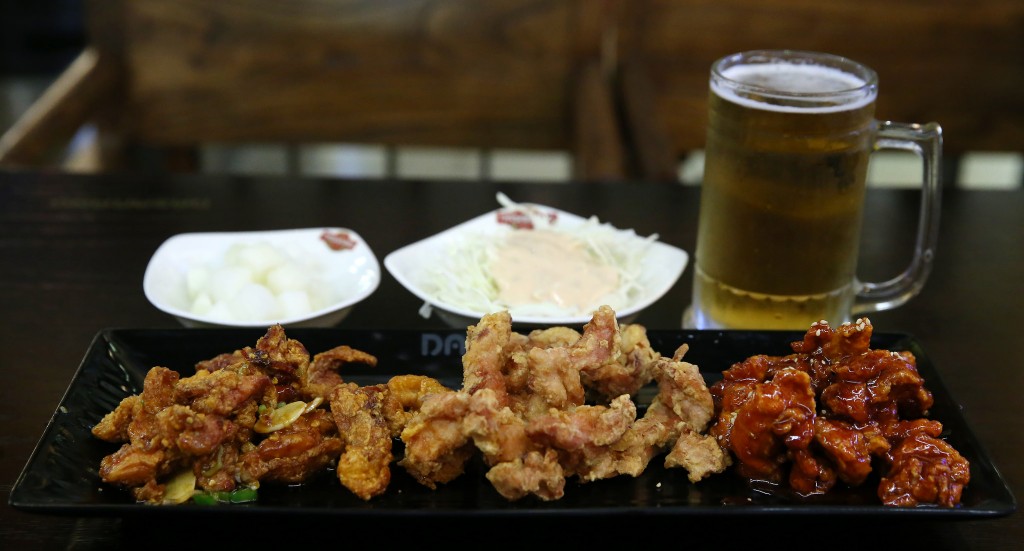
“Consumers need to make sure they check the nutritional information, and consume these products accordingly,” said a KCA official. (image: Flickr/ Republic of Korea)
SEOUL, July 11 (Korea Bizwire) – Korean fried chicken franchises are widely beloved. Fried chicken has become the most celebrated night time snack for Koreans, and chicken franchises have a wide range of offerings, from simple ‘original’ fried chicken to recipes as sophisticated as ‘Oak Tree-Smoked Chicken’.
However, a recent study conducted by the Korean Consumer Agency (KCA) offers a warning that not all is well in chicken land, noting that many of the dishes major fried chicken franchises often contain an excessive amount of sodium.
The agency tested 22 products offered by 11 domestic fried chicken franchises (two products per brand) to discover an average of 3,989mg of sodium and 29.1g of saturated fat in a one whole-sized (one chicken) “Seasoned Spicy Chicken”, far exceeding the daily recommended consumption of 2,000mg and 15g. “Seasoned Spicy Chicken” is one of the two classic and most-consumed recipes, with the other being the original “Fried Chicken”.
The average sugar content for the same product was 64.7g, which also exceeded the WHO-recommended daily consumption of 50g.
“Spicy-Flavored Fried Chicken” by Mom’s Touch had the highest sodium content per 100g of meat with 552mg, while Pelicana’s “Original Fried Chicken” had the lowest with 257mg.
Hosigi’s ‘Spicy-Sauced Chicken’ had the highest sugar content per 100g of meat with 12.6g.
Nene Chicken’s ‘Fried Mild’ had the highest level of saturated fat per 100g with 6.5g, while Mexicana’s ‘Ttaeng-cho Chicken’ had the lowest (2.5g).
According to the KCA, various cooking processes such as meat curing, deep frying, and saucing, naturally lead to high sodium and sugar content. And the majority of these franchises choose not to display nutritional information for their products because they are not legally obliged to.
In fact, among the 11 franchises researched by the KCA, only Kyochon provided nutritional information for its products on its homepage.
“Consumers need to make sure they check the nutritional information, and consume these products accordingly,” said a KCA official. “Vegetables like tomatoes, carrots, and onions are high in potassium, which helps to discharge sodium from the body, so we also recommend consuming high-sodium chicken with vegetables.”
By Lina Jang (linajang@koreabizwire.com)






